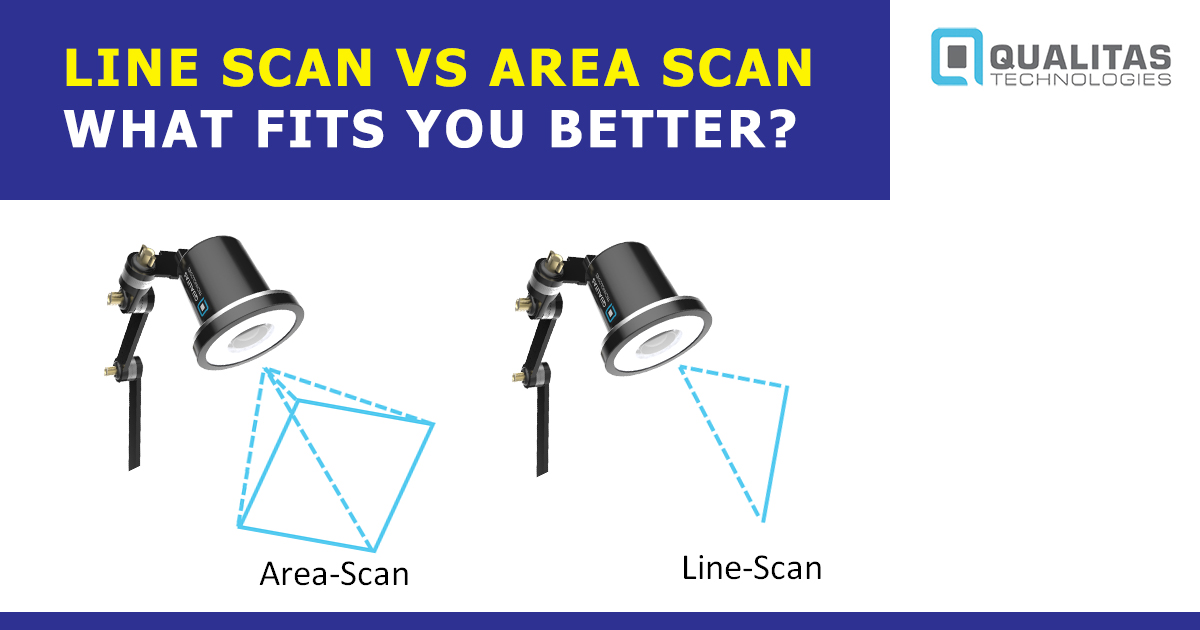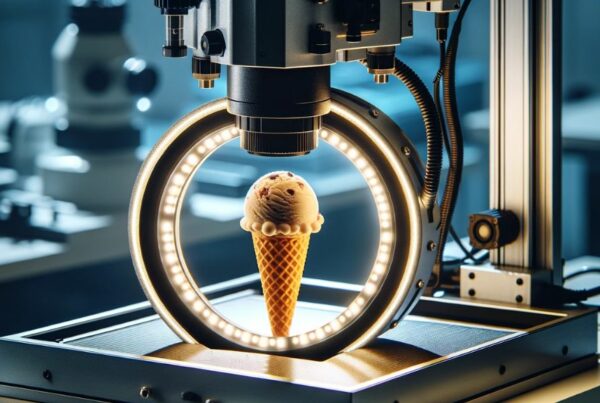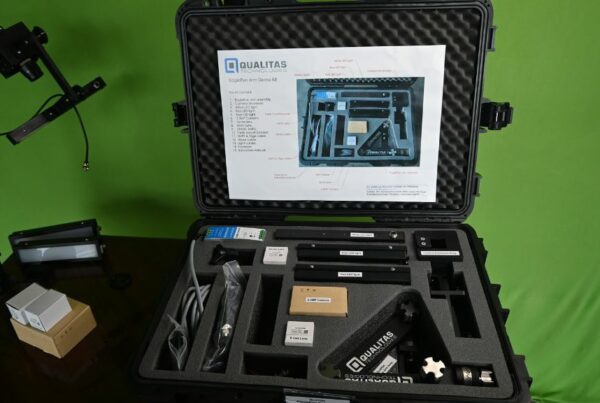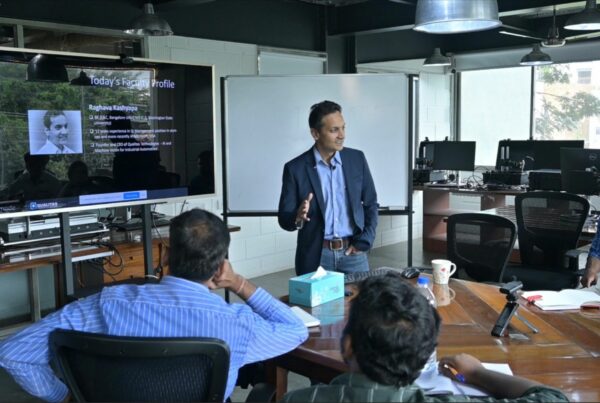
Introduction
Choosing the perfect kind of camera for your machine vision system from the endless options available in the market can be quite a daunting task. While commercial cameras are relatively cheaper and might offer a good resolution, they are unfit for machine vision applications. There are a ton of factors to consider before acquiring a camera for your vision systems like the resolution, frame rate, size, and cost, just to name a few. However, considering the bigger picture, machine vision cameras should have:
- Higher shutter speed and frame rates
- Supports a wide spectral range, ranging from UV to IR
- Higher performance and high reliability
- Can operate in rugged environments
- Longer operational time
Also, Read Camera Types for Machine Vision Applications
Watch Video – Area Scan Vs Line Scan
Area Scan Vs Line Scan Cameras
 Perhaps the most crucial decision the machine vision integrators face while choosing a camera is whether to pick line scan or area scan cameras. Let’s find out the best pick for you.
Perhaps the most crucial decision the machine vision integrators face while choosing a camera is whether to pick line scan or area scan cameras. Let’s find out the best pick for you.
- Line Scan
Line scan cameras have a single row of pixels for acquiring data very quickly. These cameras use long and narrow sensors. To generate a 2D image using a line scan camera, the object is made to move along the narrow axis of the sensor, scanning one line at a time and reconstructing the image using the software. Line-by-line image construction occurs as the item moves past the camera.. It is essential to synchronize the timing of the line scan sensor with the movement of the object, to obtain stable and meaningful photos. The pixels in these cameras are arranged in a linear fashion that allows for long arrays.
These cameras are best employed for high-speed processing like document scanning, print inspection, and detailed inspections demanding measurements in microns.
- Area Scan
Area scan cameras, on the other hand, contain a large matrix of pixels that capture the image data. Imaging sensors in area scan cameras have both length and breadth. In area scan cameras, the imaging lens focuses the object to be imaged onto the sensor, and that image is sampled at the pixel level for reconstruction.
Area scan cameras are prevalent in situations where the entire picture is to be collected at once or when synchronizing the movement of the object with the sensors is challenging. Since these cameras operate excellently on discrete components, they are leveraged in a disproportionately large number of uncomplicated machine vision applications.
Benefits and Limitations – Area Scan Vs Line Scan Cameras
1. Area scan camera:
Benefits:
- Simpler to use and easier to install than its line scan counterparts.
- More cost-effective.
- Has a broader range of applications than line scan cameras.
- Preferred in situations when the moving object is to be illuminated with strobe light and the output needs to be displayed as a video stream on the monitor.
- Can image a defined area quickly as compared to line scan cameras that need to iterate over several times to produce the same image.
- It can divide a single image into multiple regions of interest to look for specific objects.
Limitations:
- It has a limited field of view and thus, cannot scan long PCBs or flat panels conveniently.
2. Line scan camera:
Benefits:
- Since the line scan cameras can construct continuous images which are not limited by a specific vertical resolution, they offer much higher resolution than their area scan counterparts.
- Suitable for high-speed processing.
- Since the pixel readout is faster than the camera exposure, a line scan camera can expose a new image while the last one is transferring its data.
- Require simple illumination.
- Compact size makes it easy to fit in tight locations.
Limitations:
- Perfect coordination of camera motion and image acquisition timing is critical.
- Complicated and expensive installation.
Also, Read Understanding Camera Sensors for Machine Vision Applications
Practical Examples
1. Area scan camera
Since an area scan camera is flexible, cost-effective, and installed conveniently, it has found its way into a vast number of industries. One such industry is the pharmaceutical industry. Since the inspection of vials and pharmaceutical bottles is a relatively less demanding and straightforward task, system integrators use area scan cameras extensively to accomplish this task.
2. Line scan camera
Items pass through the conveyor belts at extremely high speeds during surface quality inspection. Line scan cameras are an excellent choice for this task as they can accurately inspect defects ranging from the surface, mechanical, reflection, and even contamination. These cameras can be entrusted to accomplish this task accurately because of their ability to acquire super stable and uniform images, without pre-processing them.
Also, Read Smart Cameras VS Multi-Camera Vision: How to choose the right fit for you
Which kind of camera is suitable for you?
The kind of camera which is apt for you mostly depends on the intended application. It is quite easy to understand an area scan camera, which is fundamentally akin to a high-resolution, digital camera. These cameras generate 2D images with vertical and horizontal elements. Line scan cameras are a bit more complex. This type scans the entity line-by-line and at the end, combines all those slices to form the final image.
Area scan cameras are the default choice for many machine vision applications. If the application involves the inspection of discrete components like aluminum cans, glass bottles, or similar objects, then an area scan camera can likely meet your requirements. In contrast, if the accommodation of the object is not possible in the field of vision, line scan ones might prove to be more meaningful. Also, if your application demands processing at high speeds and enhanced resolution, line scan cameras should definitely be your pick.
Get In Touch With Us





